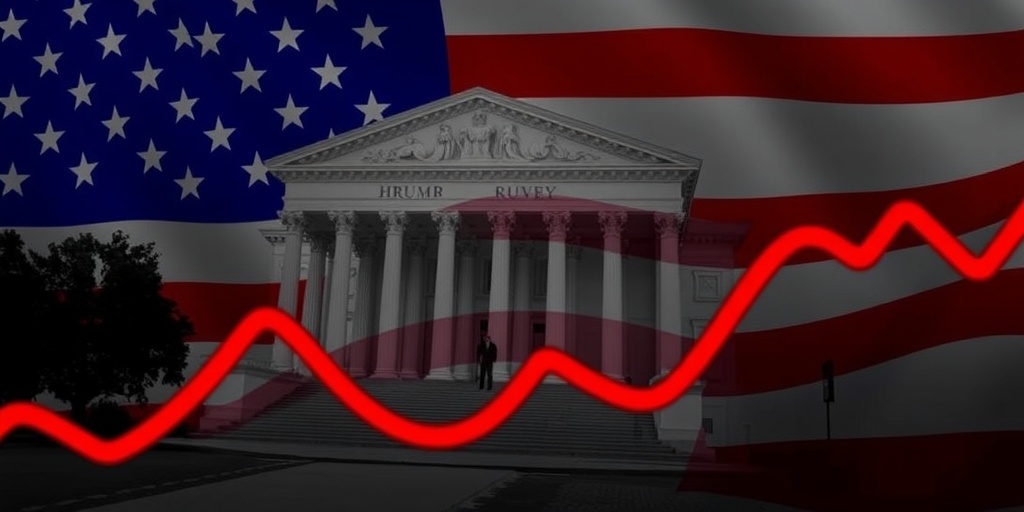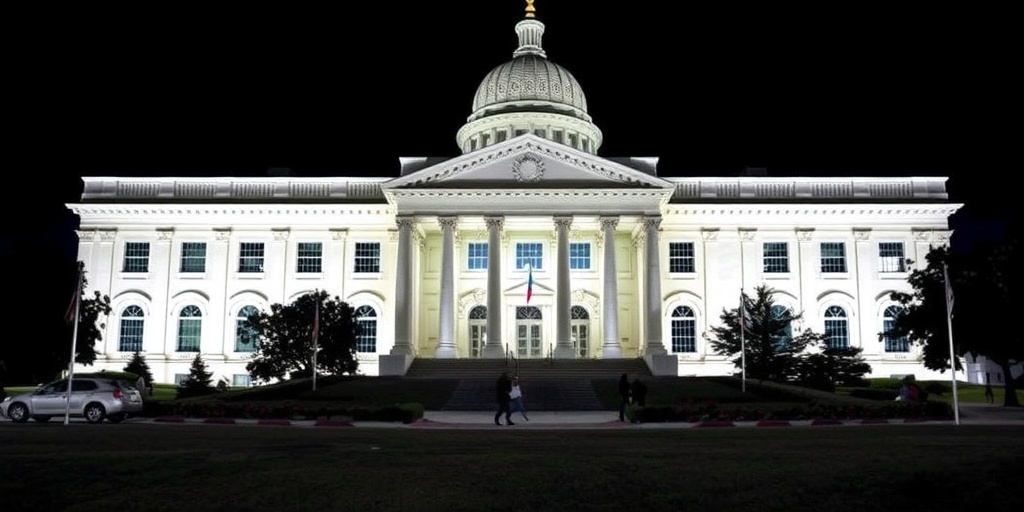Now Reading: I.R.S. Audits Hit Record Low; Trump’s Cuts May Reduce Them Further
-
01
I.R.S. Audits Hit Record Low; Trump’s Cuts May Reduce Them Further
I.R.S. Audits Hit Record Low; Trump’s Cuts May Reduce Them Further

Declining IRS Audit Rates: A Closer Look at Recent Trends
Recent analyses highlight a significant decline in audit rates conducted by the Internal Revenue Service (IRS) over the past decade, painting a complex picture of tax enforcement in the United States. According to a New York Times investigation, the audit rate for individual taxpayers has plummeted by nearly 66% since 2010, reaching historical lows that have not been seen in most taxpayers’ lifetimes.
The audit rate has become a pressing topic as discussions intensify regarding the future of the IRS’s workforce under the Trump administration. Current proposals suggest up to a 25% reduction in the agency’s staffing levels, raising concerns that audits will become even more infrequent. The latest IRS data reveals that the effective audit rates during 2020 through 2023, hovering below 0.5%, are the lowest recorded since at least 1950. For context, this rate contrasts markedly with the over 2% audit rate seen in 1980 and more than 3% in 1960.
The significant drop in audit rates has not been uniform across income levels. From 2010 to 2019, audits were drastically reduced for all income groups, meaning that for many Americans, the chance of being audited was reduced to nearly one in 100 by the end of the decade. For lower-income households earning between $1 and $25,000 annually, the audit probability fell from 1.0% in 2010 to just 0.4% in 2019. Higher earners experienced similar declines, with audit rates for those earning between $500,000 and $1 million dropping from 5.3% to 1.0% over the same period.
The ramifications of these declining audit rates are significant, as fewer audits equate to diminished revenue for the government. In 2010, the IRS collected approximately $11 billion through audits of personal income tax returns. However, from audits related to the 2019 tax year, that figure has now dwindled to around $4.5 billion. This decline raises questions about the sustainability of revenue collection in light of continued budget cuts and staffing reductions at the IRS.
A notable aspect of the IRS’s operational challenges has been the impact of staff reductions—approximately 20% of its workforce has been cut since 2010. This reduction in personnel, compounded by previous congressional appropriations cuts, has manifested in fewer audit resources and, consequently, fewer audits. In response to these challenges, the Biden administration sought to reverse the trend by allocating funding to increase IRS staffing, hoping to bolster enforcement and ultimately enhance revenue generation.
Moreover, there is a growing debate on how audit rates may evolve moving forward. The Biden administration’s goal is to focus audit efforts on high-income earners, partnerships, and corporations, ensuring that individuals making less than $400,000 annually do not face an increased risk of audit. This approach not only aligns with policy interests but also maximizes potential returns on investment for each audit conducted. Research shows that audits of high-income individuals yield far greater revenue, despite taking longer to process.
The deterrence effect of audits cannot be overlooked; studies indicate that audits can have a lasting consequence on taxpayer behavior. Taxpayers who underwent audits tended to pay more in subsequent tax years, with research highlighting that the returns from these audits may be three times larger than the initial revenue collected.
As discussions continue around tax policy and enforcement, the implications of reduced audit rates pose essential questions for government revenue, fiscal sustainability, and the overall fairness of the tax system. The balancing act between ensuring compliance and not imposing undue burdens on taxpayers will likely remain a topic of contention in the coming years.
Despite the complexities surrounding IRS operations, a clear trend has emerged: audit rates are dropping, and the potential for increased revenue is being hindered by staffing cuts and legislative actions. As Congress and the administration navigate these challenges, the effectiveness of the IRS’s enforcement strategy and its impact on the nation’s fiscal health will remain key areas of scrutiny.
Stay Informed With the Latest & Most Important News
Previous Post
Next Post
-
 01New technology breakthrough has everyone talking right now
01New technology breakthrough has everyone talking right now -
 02Unbelievable life hack everyone needs to try today
02Unbelievable life hack everyone needs to try today -
 03Fascinating discovery found buried deep beneath the ocean
03Fascinating discovery found buried deep beneath the ocean -
 04Man invents genius device that solves everyday problems
04Man invents genius device that solves everyday problems -
 05Shocking discovery that changes what we know forever
05Shocking discovery that changes what we know forever -
 06Internet goes wild over celebrity’s unexpected fashion choice
06Internet goes wild over celebrity’s unexpected fashion choice -
 07Rare animal sighting stuns scientists and wildlife lovers
07Rare animal sighting stuns scientists and wildlife lovers





















